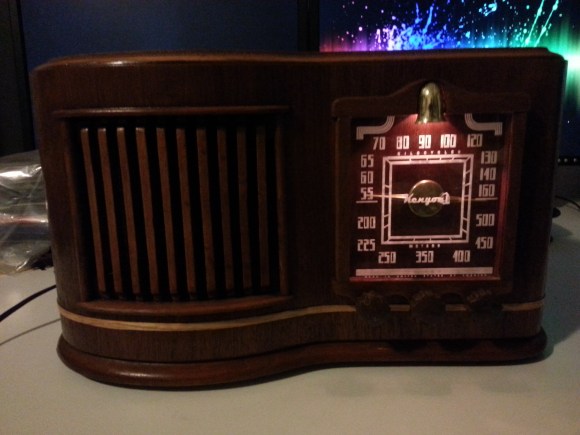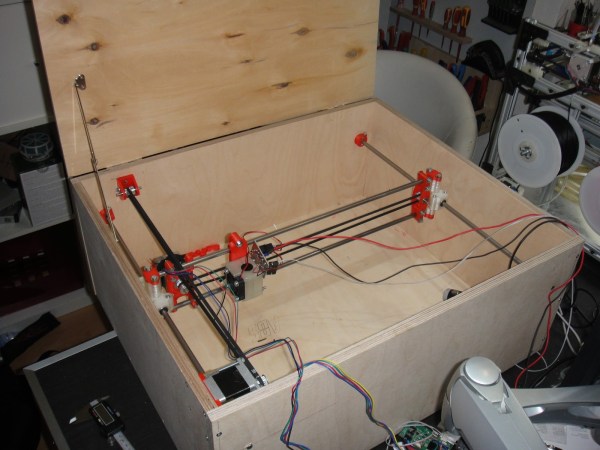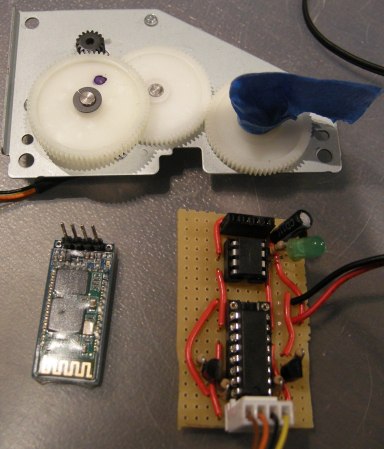[Thor’s] hammer, Mjolnir, is pretty freaking awesome. It can only be picked up by [Thor], he can use it to fly, and probably the coolest part, it can summon lightning. After watching the first movie, and goofing around with the guys at ArcAttack, I had this idea that I could stuff a tiny tesla coil into a mjolnir and end up with a really cool prop.
At this point, I had to make a decision. I was either going to go portable and live with small arcs, or make this a stationary piece and hide a giant tesla coil in a base. It would have bigger arcs, but I couldn’t carry it around. While I may re-visit the stationary version at some point, I ultimately decided I wanted to be able to wander around and play with this thing.
I had seen some videos of [Staci Elaan] showing off her battery-powered coils and I really liked her results. I figured, with her experience, she could probably do a better job than I could on getting the most bang out of a small package. She was happy to be involved and delivered a small 12v powered coil for me to work with. I should also point out that the coils [Staci] makes are usually donated to educational groups. This woman is awesome.
Continue reading “High Voltage Thor’s Hammer: Mjolnir At 80,000 Volts”















